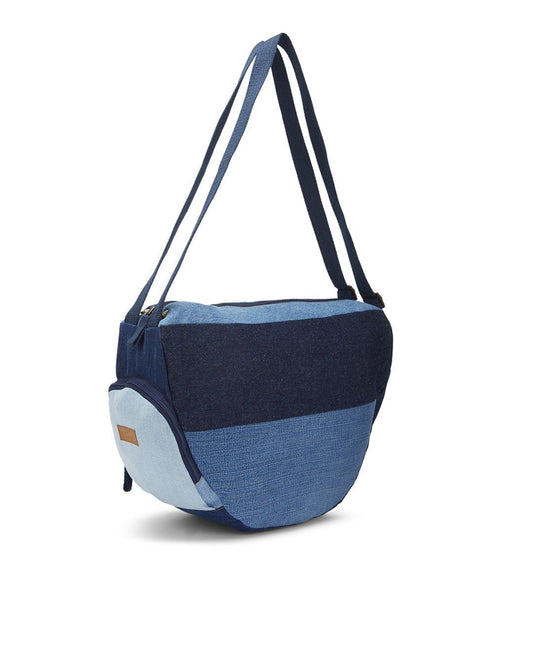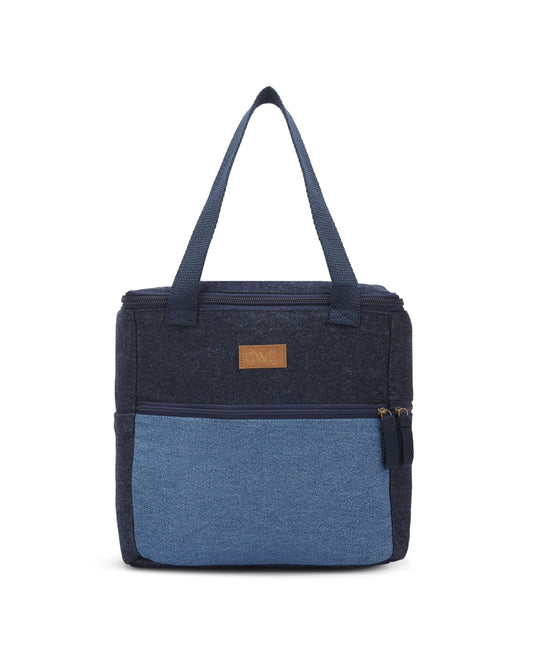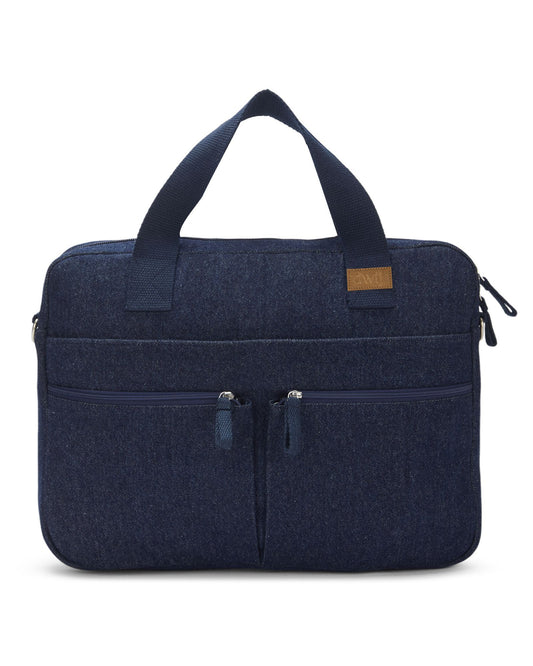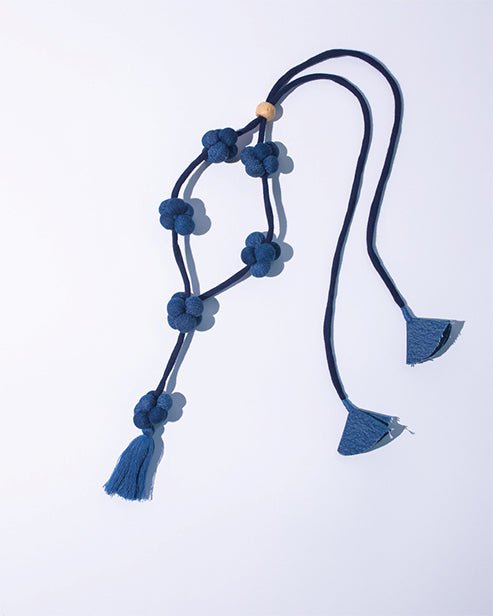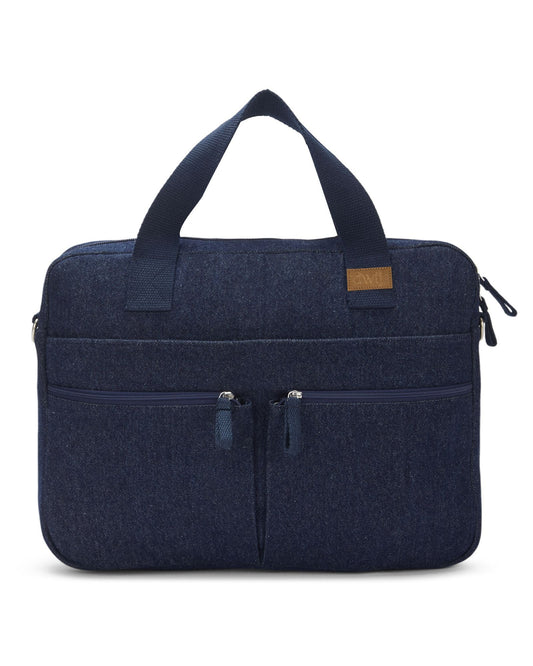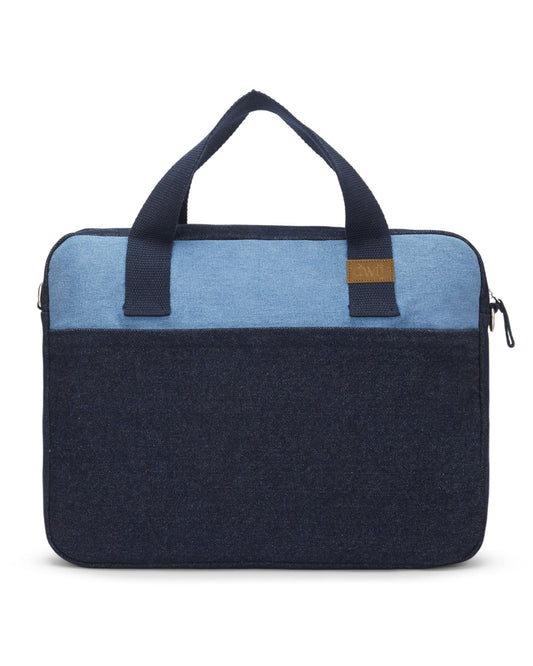While we have heard a lot about how animal leather is a cruel industry, very few of us are aware of how faux leather is harming you and the environment!
When you purchase a leather handbag or a jacket of your favourite brand from the mainstream market, did you wonder where the leather came from? Most brands do not reveal the source of leather. However, innumerable media reporting indicates animal cruelty practices such as keeping them in narrow enclosures, often hung upside down, alive but made to bleed to death before commencing the process of removing the skin. Alternatives to leather exist, but they have their own stories of animal cruelty.

Wool, our favourite warm garment is not cruelty free too. It is popularly believed that sheep need to be sheared regularly, and garments are made from this wool. However, on the contrary, sheep produce the right amount of wool to protect themselves, which is naturally shed before spring. However, shearing after winter causes loss of wool production, thus most sheep are sheared when it's still cold. An estimated 1 million sheep die from cold, due to this practice. To quote an instance of other inhuman practices, sheep in Australia are bred to have wrinkled skin, which increases wool production. This leads to other side-effects such as flies laying eggs in their skin and maggots breeding on their skin. To prevent this, farmers have to peel off the skin, even without anaesthesia. Once the wool production drops, they are ultimately slaughtered.
Fur, is another high-end material often used in garment manufacturing. However, 85% of the fur industry skin comes from animals held captive in farms where they are severely crammed. Electrocuting the animal is a common practice, an estimated 1 Billion rabbits are killed every year. The faeces produced at these farms releases an immense quantity of phosphorous, thereby polluting nearby rivers. It’s not surprising that China is the world's largest producer and exporter of fur. How do you feel now?
Feathers, are usually supposed to be removed during the natural mounting cycle of the bird, which is the time when they shed their old feathers. However, the world is not so good as it sounds. As per PETA, workers in China forcefully restrain the geese and rip off their feathers as they struggle and scream. PETA has also found that all animal parts that are used in fashion industry are made using animal abuse.
Cost of real fur is dependent on the footprint of raising the animal like land, water, food and other resources, manure run offs in nearby rivers, etc. And all these byproducts need a lot of chemicals to preserve. Thus, humans are not spared of these ill practices too, with rampant health issues such as cancers. Choosing between faux and real is unfortunately difficult. Sometimes, people living in extremely cold climates, real fur is the only necessity. But these cruel practices shouldn’t be a norm of fashion.

In recent times, vegan faux leather has gained its own popularity and fan following. It is a synthetic material that is made to look like leather, and thus obviously not subject to animal cruelty in any manner. In a first glance, it may look like a perfect alternative, and cheaper too. But what is the future external cost to the environment?
To understand this, we need to know what vegan leather is made up of. Vegan leather also known as PU leather, faux leather, synthetic leather, artificial leather, or fake leather. Faux leather is the most common vegan leather and is made from 2 most common forms of plastic, Polyvinyl Chloride (PVC) and Polyurethane (PU). Both are byproducts of petroleum, and is most commonly not as long lasting as genuine leather itself. Since it is derivative of petroleum, it makes it naturally cheaper than any other types of animal or plant-based fabric. In terms of differentiating PU leather from animal leather, PU has a distinct smell of chemical or plastic while genuine may not.

This is also the reason why first-copy jackets and bags market almost entirely comprise products made from PVC and PU leather, since it is cheap and easy to procure, and manufacture. In every developing country, first-copy market is a thriving market which sells possibly as much volumes as the original brands itself! Thus, the evolution of first-copy market has also been a key contributor to adverse effects on environment such as fossil fuel extraction, abundant water and chemicals usage. As it is popularly said, “Plastic is forever”. It also means that every bag or jacket manufactured using PVC or PU till date, possibly still exist today in some landfill on this planet and may be leaching as microplastics. People are purchasing a greater number of bags for different occasions thus compromising quality. A crowd that looks for genuine faux products saves a lot of money to buy these branded PU only to find out that the product quality is compromised.
If you are against animal cruelty, faux leather is your choice, then it is to be ensured that you choose quality over quantity so that the product remains usable for a really long time before it is discarded. If you are passionate about environment too, then you may explore plant based vegan leather alternatives like mushroom leather, pineapple leather, bio-fabricated leather, cork and even coconut leather! These are all promising alternatives to petroleum-based leather; however, a lot of challenges need to be overcome before they are available on a wider scale, and are able to replace PVC/PU leather. The options other than plant based are upcycled denim/canvas/tyre/tarpaulin, etc. For those who prefer only animal leather, lower footprint options like pre-loved leather, vintage leather or upcycled leather could be considered. Indeed, nowadays there is increasing alternatives to PVC/PU leather available commercially. Brands such as Hidesign is worth mentioning in terms of ethical manufacturing of animal leather with vegetable tanning. They are known for environmentally friendly practices such as all the hardware used in their bags is repurposed sand casted brass, procured from scrap dealers around the factory area.
We definitely should consider factors like longevity, manufacturing process, end of life, external costs on environment, cleaning, water, energy, chemicals, waste, labor practices, health & safety, community, ethical practices before we make any choice.
No matter what your choice may be, the goal remains the same - Buy few and choose quality.


